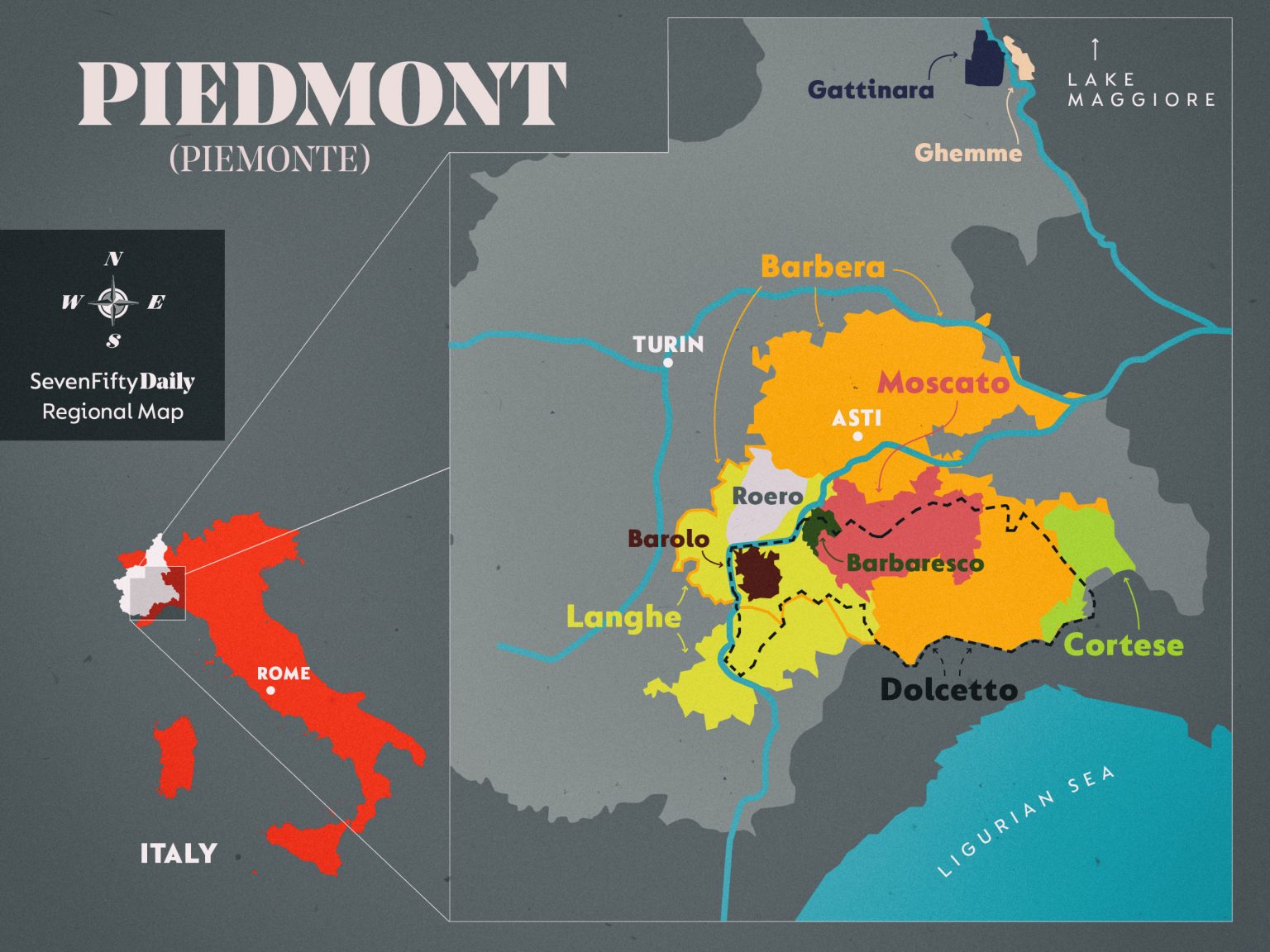



In fact, a careful analysis shows that they are often very important for the quality of vines and wines. In order to indirectly contribute to achieve this goal, some noticeable features of the local landscape have to be considered. They allowed attracting tourists and making these areas well-known. Recently, initiatives were developed to promote these territories. The aim of this paper is highlighting the strong vine–wine vocation of the Campania inland (southern Italy) through the description of the physical features of two areas, in which two fine wines are produced: the Guardiolo, from the western sector of the Sannio area, and the Greco di Tufo, from northern Irpinia. This research took into account the climatic results and the different pedological characteristics, evaluating the evolutionary phenomena that were linked to the ripening of the grapes in each phase of its formation. On the basis of this information and considering that no data are available in the literature, the present study proposed an innovative multidisciplinary approach (analytical and statistical) that was capable of carrying out an objective evaluation of the various sub-areas investigated, using Sangiovese grapes as the variety in question. Some production areas were identified within the appellation where it is argued that the terroir and the grapes are quite distinct from those of other surrounding areas, albeit within the Chianti Classico appellation. Due to the intertwining created by the alternation of valleys and hills and the different characteristics of the territory, factors such as altitude and exposure play a very important role in the vegetative and productive expression of grapes. From the pedological point of view, the entire DOCG (Denomination of controlled and guaranteed origin) has some common features but also shows many specific features related to certain small areas that give rise to the presence of many “terroirs”. In Italy, Chianti Classico identifies a territory located in the heart of Tuscany that was once known as Chianti. The paper closes with recommendations for future studies, arising from this review and the identification of research gaps and under-researched areas. Instead, a mind map to show these diverse connections is offered.

In the closing part of the paper, various classifications of geoheritage-cultural heritage linkages are proposed, although it is concluded that themes and fields of inquiry are overlapping and interlinked, rendering one classification system not very feasible. Intangible cultural heritage is also reviewed in the geoheritage context. These themes include added cultural value to geoheritage sites, geoheritage in urban spaces, cultural landscapes, and the contribution of geoheritage to their identity, mining and quarrying heritage, linkages with natural disasters, history of science, and art. In this review paper, we identify the main and secondary themes at the geoheritage-cultural heritage interface and provide examples of specific topics and approaches. Relationships between geoheritage and cultural heritage are being increasingly explored and have become one of the mainstreams within studies of geoheritage and geodiversity.


 0 kommentar(er)
0 kommentar(er)
